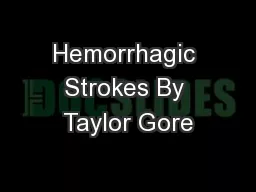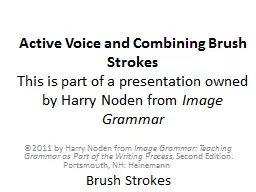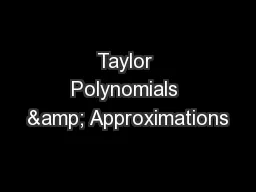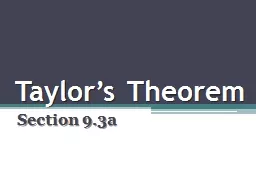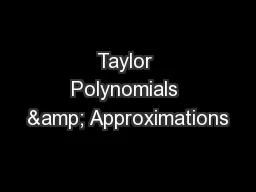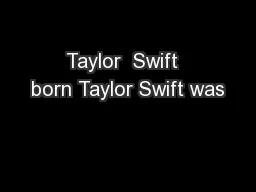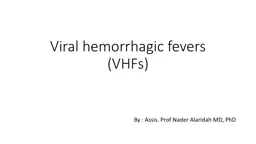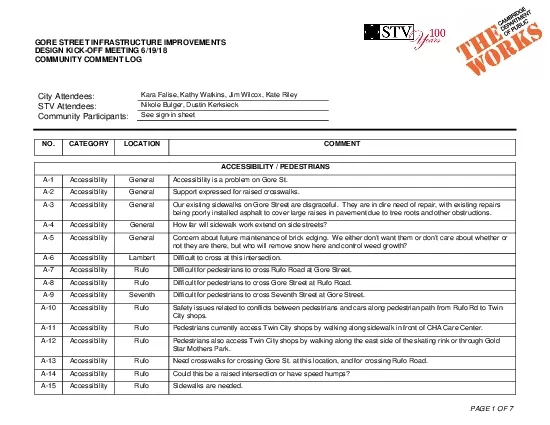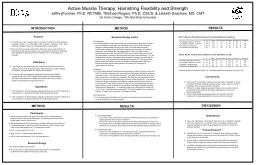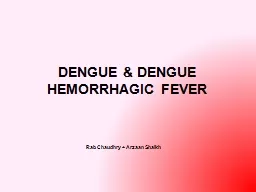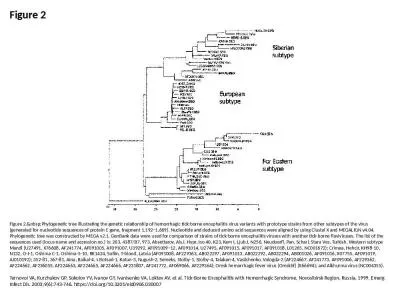PPT-Hemorrhagic Strokes By Taylor Gore
Author : karlyn-bohler | Published Date : 2018-03-17
Hemorrhagic stroke vs ischemic stroke Intracerebral hemorrhage Occurs from rupture of cerebral vessels Can be a result of high blood pressure Ischemic Stroke Caused
Presentation Embed Code
Download Presentation
Download Presentation The PPT/PDF document "Hemorrhagic Strokes By Taylor Gore" is the property of its rightful owner. Permission is granted to download and print the materials on this website for personal, non-commercial use only, and to display it on your personal computer provided you do not modify the materials and that you retain all copyright notices contained in the materials. By downloading content from our website, you accept the terms of this agreement.
Hemorrhagic Strokes By Taylor Gore: Transcript
Download Rules Of Document
"Hemorrhagic Strokes By Taylor Gore"The content belongs to its owner. You may download and print it for personal use, without modification, and keep all copyright notices. By downloading, you agree to these terms.
Related Documents

